-15%

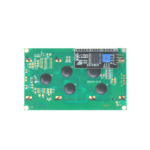
 Power Supply
Power Supply
 Electronic Components
Electronic Components
 Ai Thinker ESP Wifi Modules
Ai Thinker ESP Wifi Modules
 Current Sensors
Current Sensors Drone Parts
Drone Parts IoT & Wireless
IoT & Wireless
 E-Bike Parts
E-Bike Parts
 Mechanical components
Mechanical components
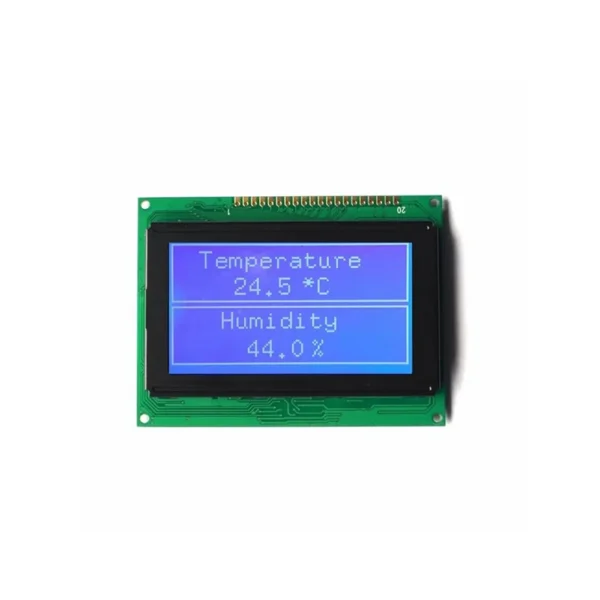
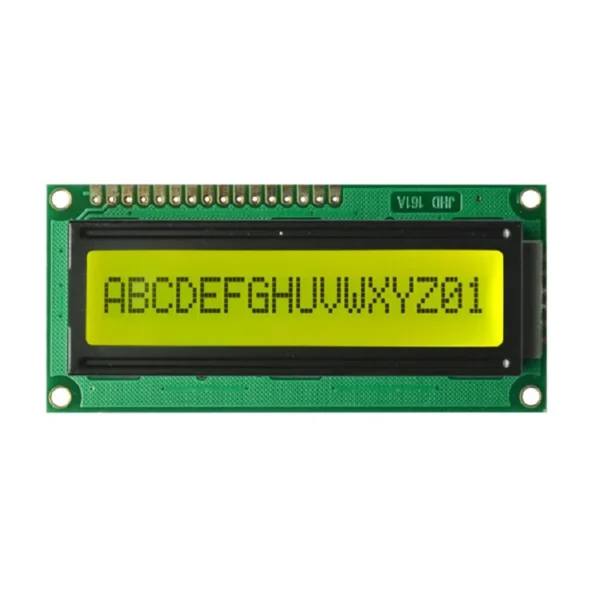


Note:
Hurry and get discounts on all Raspberry Products up to 20%
IBOTS1000
₹489.00 Original price was: ₹489.00.₹415.00Current price is: ₹415.00.
Available on backorder
Available on backorder
Free
₹75 for parcels below 1 Kg and ₹100 for parcels weighing between 1 Kg to 2 Kg.
2-3 Days
₹75
₹125 for parcels below 1 Kg and ₹175 for parcels weighing between 1 Kg to 2 Kg.
2-3 Days
₹125
₹250 for parcels below 1 Kg and ₹325 for parcels weighing between 1 Kg to 2 Kg.
2-3 Days
₹250
Our courier will deliver to the specified address
2-3 Days
Rs. 99
Payment Methods:
1. Order the Product and Specify the Delivery Method
2. You Will Receive an Order Confirmation Message
3. Wait for Your Order to Arrive
4. Pick up Your Order at The Checkout Area
A display is required if you wish to provide your Arduino projects any visual output. The LCD2004 Parallel LCD Display with IIC/I2C interface is a suitable option if you only require a little amount of data to display.
For your project, this display offers an easy and affordable way to incorporate a 20×4 White on RGB Liquid Crystal Display. White text on a blue background with a high contrast is displayed in a 20 character by 4 line format.
This blue backlight LCD display is excellent. For projects based on Arduino, it is excellent. It is quite simple to interface this blue-backlit display with an Arduino or other microcontroller.
This display solves the problem with the LCD2004 Parallel LCD Display, which required approximately 8 pins on your Arduino to power on. Fortunately, an I2C converter is soldered directly onto the display pins in this device. Therefore, just the I2C pins—which display a decent library and minimal coding—need to be connected.
Two bidirectional lines, known as SDA (Serial Data Line) and SCL (Serial Clock Line), are used by the Philips-developed I2C serial bus type. It is necessary to link both using pulled-up resistors. The standard voltages for usage are 3.3V and 5V.
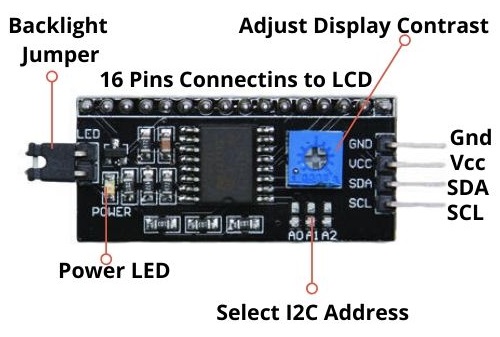
The wiring is rather simple if the I2C adaptor is already soldered onto the board, as it is with this package. Generally, you only need four pins to connect. GND and VCC, naturally. 5 volts are needed to operate this display. Thus, we target the 5V pin.
Simple text or numerical values read by the sensors, such as temperature or pressure, or even the number of cycles the Arduino is executing, can be displayed on the display.
Only logged in customers who have purchased this product may leave a review.
Categories
Useful Links
Useful Links
 Power Supply
Power Supply
 Electronic Components
Electronic Components
 Ai Thinker ESP Wifi Modules
Ai Thinker ESP Wifi Modules
 Current Sensors
Current Sensors
 Drone Parts
Drone Parts IoT & Wireless
IoT & Wireless
 E-Bike Parts
E-Bike Parts
 Mechanical components
Mechanical components
No account yet?
Create an Account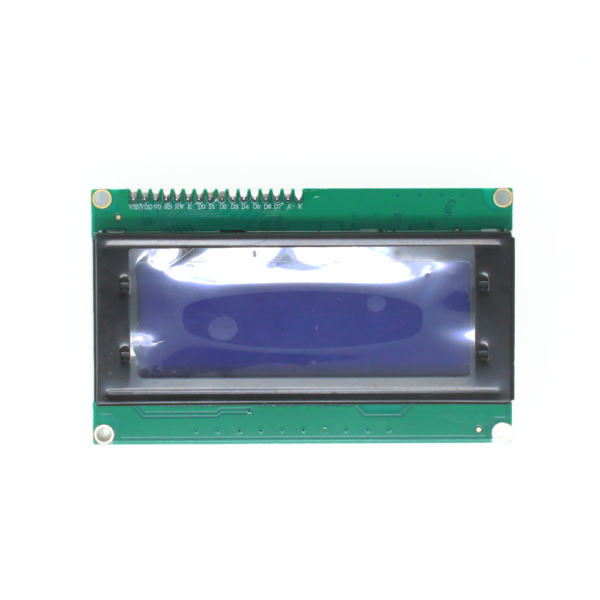
Available on backorder
Reviews
Clear filtersThere are no reviews yet.